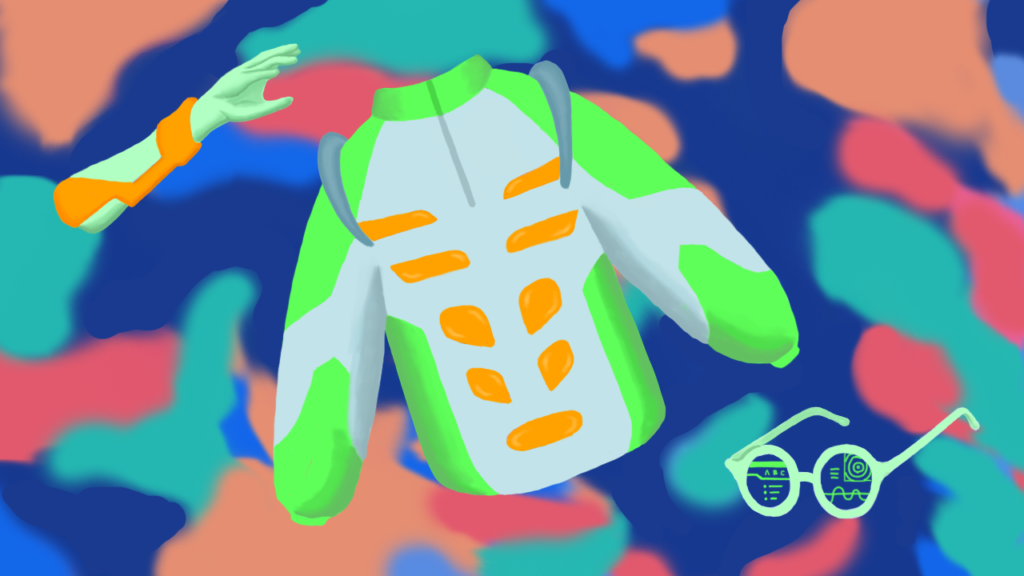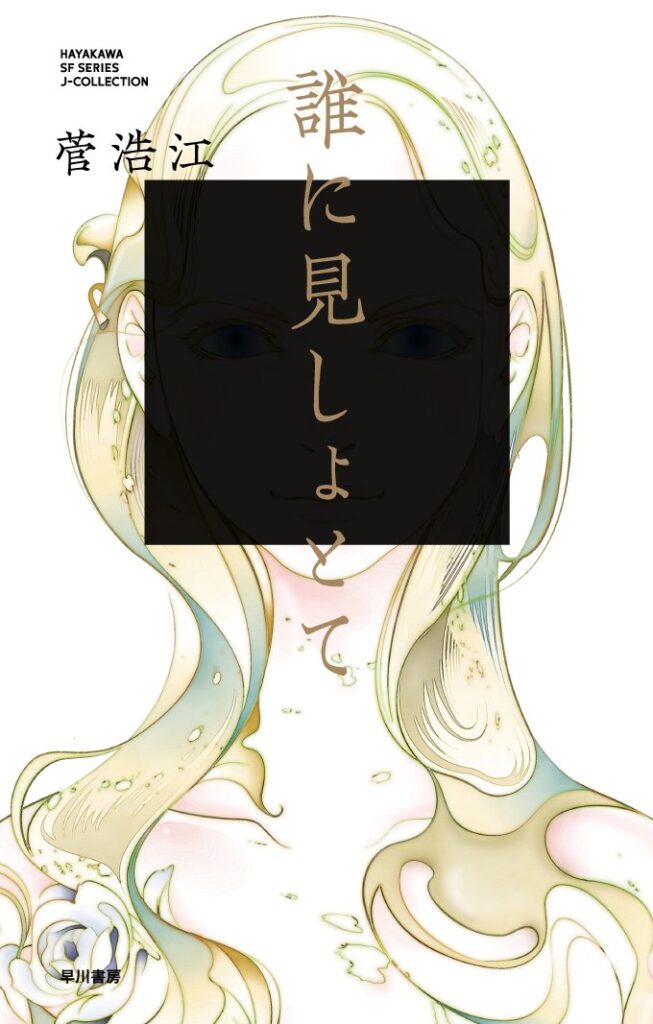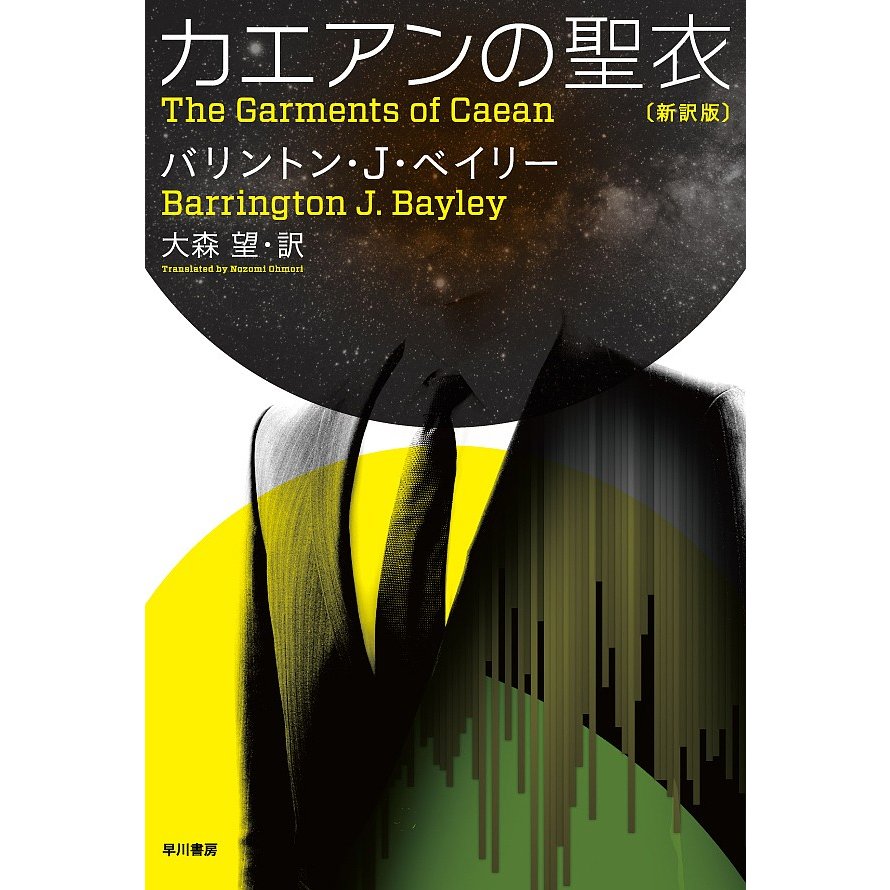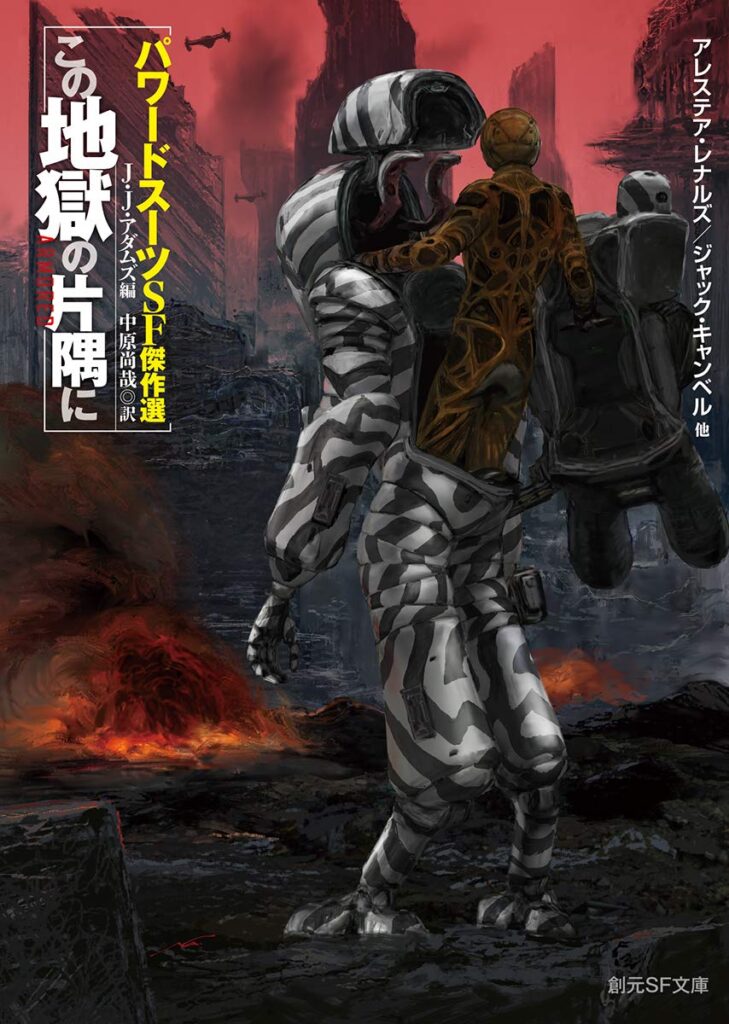When you hear the word “science fiction,” the first images that come to your mind are probably space, machines, and aliens. However, SF authors sometimes write about very familiar topics related to our daily life.
1. Makeup and science fiction
It’s not difficult to notice that cosmetics and beauty products present the best and latest technologies as many companies eagerly advertise so. Tons of advertisements have flooded from the web to the streets. They tap into the deep-seated human desire to look more attractive, more beautiful, and make people anxious enough to buy the latest products and services. Everyone experiences the never-ending pressure to take care of one’s face and body at all times. Newer and more effective products are better given the hectic pace of our lives on a daily basis.
Hiroe Suga is a highly acclaimed Japanese SF writer of Museum Planet series that has a curator protagonist in a giant museum on a satellite orbiting the earth. From 2008 to 2013, she serialized another series 『誰に見しょとて』(To Whom Should This Be) in Hayakawa’s SF Magazine. It contains stories about makeup, cosmetics and cosmetic surgery in the future. Each story has a different perspective character but all of them involve a fictional Japanese company named Cosmedic Vicky. In our daily life, makeup can often feel like magic; after all, makeup has the power to transform a person, or at least their appearance. In To Whom Should This Be, Hiroe Suga never makes makeup look glamorous. Makeup feels serious and raw.
From the evolving perspective of a young student to changing viewpoints of middle-aged women, Hiroe Suga carefully presents a diverse range of “customer” experiences in the book. Even if you aren’t interested in makeup, it gives you a clue to why a majority of people have a great deal of interest in beauty. Suga’s penetrative gaze cuts through the skin-deep makeup and cosmetics as she free-dives into complex themes such as self-mutilation, body modification, and how makeup has played a role in religious rituals or witchcraft. It’s an ambitious book that cuts to the core and asks: why do people make up their faces after all?
Cosmedic Vicky, the fictional cosmetic company, becomes powerful quickly. The mother-daughter duo founders of Cosmedic Vicky have a questionable and disturbing goal in mind, but they eventually achieve their goal. Readers might find their plan hard to accept ethically, but the author avoids criticising their decision, and goes on depicting the situation in a journalistic fashion.
In Japan, the cosmetics industry changes very quickly. Here the pace of innovation accelerates incredibly, so some parts of the book, which was serialized since the end of the 2000s, feel a little odd and old now. However, these intermission stories are set in ancient Japan just after the transition from hunting to gathering life. These stories enhance the universality of the themes: benefits of wearing makeup and lookism. The following monologue is by a young ancient woman who has begun to be aware of the public gaze.
“Then I looked around my village, I could certainly see that there were some people I wanted to get closer to and some people I didn’t think so. It seemed that I possibly liked or disliked people based on their appearance before I got to know them and their personalities. […] ‘It’s dull to need to worry about what other people think of me’.” (Dare ni Mishyotote P.10)
Soon after the monologue, the young woman begins to take care of her face and hair.
2. SF on fashion
Science fiction writers are fascinated by the unknown, whether the hidden depths of black holes or the enigma that is human nature, face and body. Many SF novels about fashion extend, expand, and modify the human body. The first work I introduce is『傀儡后』(The Queen of the Puppets, 2002), a novel by Osamu Makino — a writer with a wonderful sense of language. Makino is known for his dark and original fiction, and The Queen of the Puppets lives up to the expectations. It is a dangerous novel full of fetishism and grotesqueness set in Osaka, Japan after a meteorite disaster, where drugs and strange diseases have become widespread. The novel tells the story of the city’s residents including a fashion student, a private detective, and a fanatic cult led by “the queen.”
Makino intoxicates the reader with his unique worldbuilding through language. In the novel, he creates bizarre imaginations about fabric materials that can be pictured only by a bondage fetish lover. The prologue of the book depicts a dream of Wallace Carothers, who invented Nylon in 1935. Nylon is the world’s first polymeric chemical fiber, heavily used in the manufacture of sportswear and tights even today.
“He was frightened.
In a dream.
And outside the dream.
Women’s body parts, in the form of arms, were attached to his body and became his skin. They were nymphs, which gave him pleasure and delight. The nymphs were parasites that became a part of the skin. They parasitized people and turned them into something other than human with inhuman pleasure. That was how it worked in the dream. Carothers created the nymph, probably not the nymph itself, but something that would eventually turn into the nymph. A new skin that would transform a person into something other than human.” (The Queen of the Puppets, p.8).
If you prefer a clear plot, it would be better to try Makino’s short stories collection first to taste his rich ideas and writings. I highly recommend The Wisdom of Paradise: Or A History of Hysteria (Hayakawa Publishing, 2003), which contains a variety of works with different tastes. Alternatively, you can start with MOUSE (Hayakawa Publishing, 1996), a series of short stories about an abandoned island for drug-soaked children that is called Neverland, where the delusions aroused by the words control the reality.
Now let’s turn our attention to sci-fi fashion from overseas. Originally published in 1976, UK author Barrington J. Bailey’s The Garments of Caean is an adventure SF novel full of wild imagination. Japanese playwright and screenwriter Kazuki Nakajima (1959-) who contributed an afterword to the renewal edition of The Garments of Caean(translated by Wataru Fuyukawa in 1983, and by Nozomi Ohmori in 2016, Hayakawa Publishing), says his anime series Kill la Kill also pays homage to the novel. In The Garments of Caean, fictional fabric material plays an important role. People of the planet Caean believe that only clothing could make people evolve to the ultimate level, and they manufacture special garments to reach their full potential.
American author Jon Armstrong has published two novels, Grey (2007) and Yarn (2011), and a few related short stories set in a world where fashion has become the basic concept of society and economy. The protagonist of Yarn is a tailor who makes clothing using illegal fibers for his ex-lover. In the world of Yarn, tailors are heavily armed with knitting needles, scissors, and small sewing machines, and sales warriors fight with sales pitches!
Author Rudy Rucker has described Armstrong’s work as “Fiberpunk.” Even though Armstrong’s fiberpunk series first appeared in the US, the seeds of fiberpunk or fashionpunk were planted in his mind while he was in Japan. He got the inspiration for the series from a classical clothing store while wandering through Sannomiya Center Street in Kobe during the early 1990s. He was studying at Konan University in Japan as an exchange student at the time.
Cloth Road by Hideyuki Kurata is another action-adventure set in a fashion-centric world. In this manga serialized in Ultra Jump magazine from 2003 to 2011, clothing brands have great power, and fashion designers make super costumes and models fight with the costumes like superheroes. The manga is skillfully drawn by the artist okama — it gives the reader a better understanding of the eccentric settings and characters.
Transformation is an important keyword of makeup and clothing. Some of the above works feature an element of cross-dressing (I am not saying which ones because I don’t want to spoil them). Makeup and wearing dresses were once considered suitable only for women — a feminine thing to do. SF provides the best chance to imagine a world where everyone can wear makeup and fabulous — even outrageous — clothing as they wishes.
In the contemporary world, fashion designers are often portrayed as influential and powerful: the brand’s face of great renown who has the ultimate authority. These portrayals seem to be a result of the DC brand boom in Japan from the 1980s and the Ura-Harajuku brand boom from the mid-90s to the early 00s. The same applies to models in SF. It was affected by the 1990s’ supermodel boom and the following “charismatic reader model boom” in Japan. I think that now it’s time to update fashion SF with its own unique spirit of the 2020s.
Powered exoskeletons, for example, are worth mentioning, but I cannot go into detail because of limited space. The Japanese edition of Armored anthology (edited by John Joseph Adams, translated by Naoya Nakahara, Tokyo Sogensha, 2021) was published last spring. In Karin Lowachee’s story “Nomad” in the anthology, armors with artificial intelligence called Radicals are paired up with humans who wear them and work together. The narrator is a stray (nomad) armor who has lost their human partner. It’s a kind of buddy story with an unforgettable character of the admirable nomad armor.
Science fiction — like all art forms — is shaped by existing culture and human imagination. Real-world fashion influences SF as much as SF influences fashion. For example, C.E, is a street brand inspired by science fiction cultures (mainly movies) founded in 2011 by SKATE THING, Toby Feltwell, and Yutaka Hishiyama. The brand was named from the tattoo of Pat, a woman with special abilities in Philip K. Dick’s Ubik (1969).
It’s no wonder some Japanese fashion labels feature futuristic designs inspired by the love of SF. For example, HATRA held Augmented Reality (AR) exhibitions, and the designer Keisuke Nagami co-worked for a visual story “The Sea of Memory” (2021) with photographer TOKI and SF writer Haruka Mugihara. The story was published in the third issue of the philosophy and culture magazine New Q.
In 2018, another fashion label chloma, which renamed its brand name in 2011, provided a VR shopping experience where customers could check the clothing from various angles. More recently, they started to offer new virtual experiences like selling 3D data of their clothing to wear on VR platforms. They run a pop-up store on a VR social platform VRChat where customers in various avatars can try on virtual clothes.
All of these are examples of fashion brands “putting on” science fiction, and I am interested to see how this trend continues and changes especially in the VR platforms. Even those people who are not interested in fashion in real life can begin to notice and enjoy fashion in these virtual environments. We possibly now stand at the dawn of the virtual age where people can change not only their clothes and makeup daily but also their faces and bodies with ease.
3. Science Fiction on Lookism
Slightly off-topic here, but I would like to introduce an SF story that explores lookism.
Ted Chiang is an American author, whose novella “Story of Your Life” formed the basis of Denis Villeneuve’s Hollywood film Arrival. In his “Liking What You See: A Documentary” (2002), Chiang writes about the beauty in the human face. As humans, we need to care about how we look to live in a society. We can’t help but compare and rate physical appearance intuitively and deliberately. How would society change if technology could block one’s ability to judge beauty? As usual, Chiang delivers deep insights on his chosen theme in this profound story.
Please note how beauty works in the social system and market: it creates business opportunities, and shapes nearly all aspects of our interactions, especially in love and relationships. Chiang does not lead the reader to a single conclusion. Moreover, the book is not only about physical beauty, but also his familiar concerns about technology and free will.
Chiang’s “Liking What You See: A Documentary” is a masterpiece that provokes feeling and thinking. Chiang’s work explains why fashion originated in the first place — the basic human desire to find love and acceptance, and beauty plays such a critical role in it. Please check it out if you haven’t already!
Edit Salik Shah and Sogo Hiraiwa
Translation Teruyuki Hashimoto and Salik Shah







